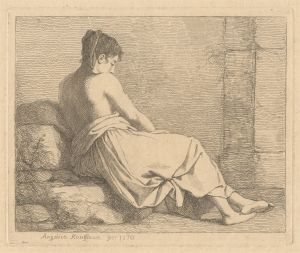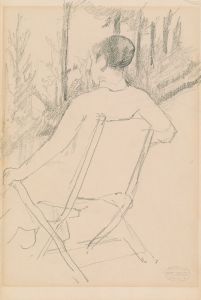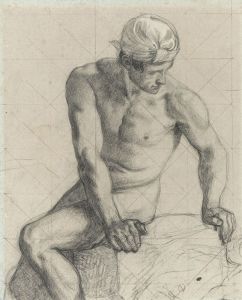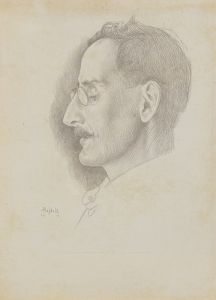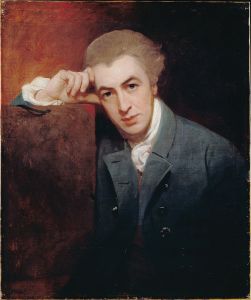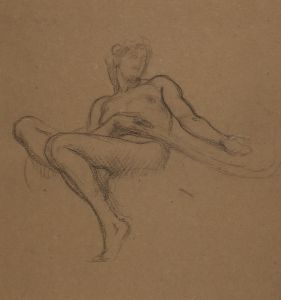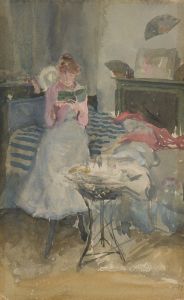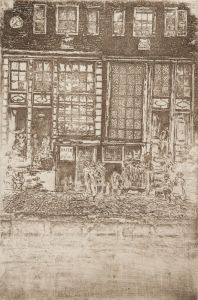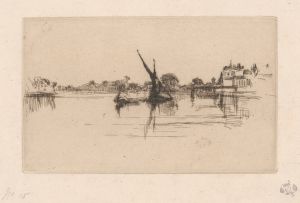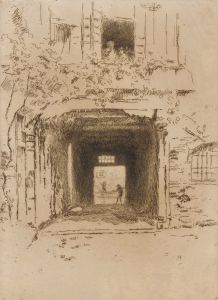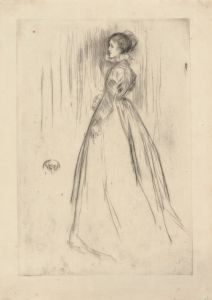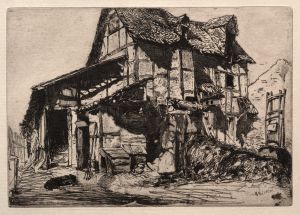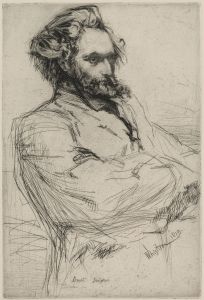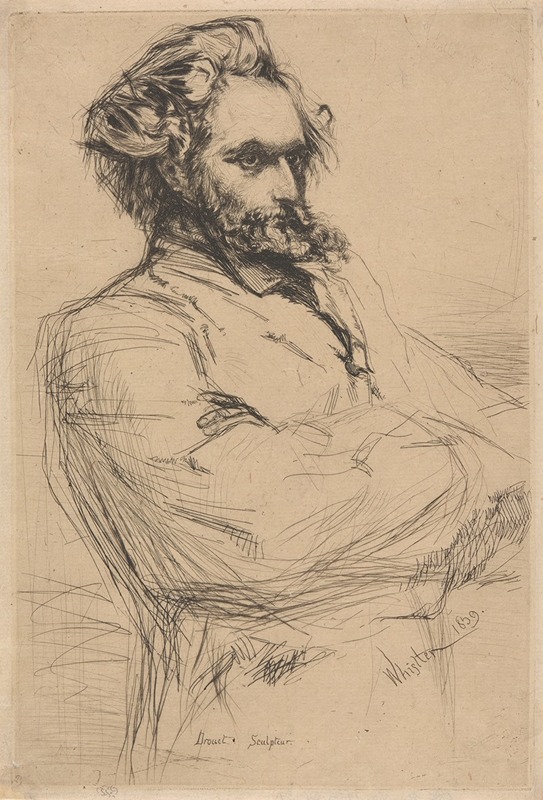
Drouet
A hand-painted replica of James Abbott McNeill Whistler’s masterpiece Drouet, meticulously crafted by professional artists to capture the true essence of the original. Each piece is created with museum-quality canvas and rare mineral pigments, carefully painted by experienced artists with delicate brushstrokes and rich, layered colors to perfectly recreate the texture of the original artwork. Unlike machine-printed reproductions, this hand-painted version brings the painting to life, infused with the artist’s emotions and skill in every stroke. Whether for personal collection or home decoration, it instantly elevates the artistic atmosphere of any space.
James Abbott McNeill Whistler was an American artist known for his significant contributions to the art world during the late 19th century. He is best known for his paintings, etchings, and lithographs, which often focused on the themes of beauty and harmony. One of his lesser-known works is the painting "Drouet," which features the French sculptor and actor Gustave Drouet.
"Drouet" is a portrait that exemplifies Whistler's unique style, characterized by his use of color, composition, and subtle tonal variations. Whistler was influenced by the Aesthetic Movement, which emphasized the visual and sensual qualities of art and design over practical or narrative considerations. This influence is evident in "Drouet," where Whistler's focus is on capturing the essence and character of his subject rather than providing a detailed narrative or background.
The painting is notable for its subdued palette and delicate brushwork, which are hallmarks of Whistler's portraiture. He often employed a limited color scheme to create a sense of harmony and balance within his compositions. In "Drouet," Whistler uses soft, muted tones to convey the personality and presence of the sitter, Gustave Drouet. The background is typically understated, allowing the viewer's attention to remain on the subject.
Whistler's approach to portraiture was innovative for his time. He often sought to capture the mood and atmosphere of his subjects rather than focusing solely on their physical likeness. This approach is evident in "Drouet," where the artist's sensitivity to light and shadow adds depth and dimension to the portrait. Whistler's technique involved applying thin layers of paint to achieve a luminous effect, which can be seen in the subtle gradations of tone in the painting.
The relationship between Whistler and Drouet was one of mutual respect and admiration. Drouet was a prominent figure in the Parisian art scene, and Whistler, who spent a significant portion of his career in Europe, was well-acquainted with many artists and intellectuals of the time. This connection is reflected in the portrait, where Whistler captures not only Drouet's physical appearance but also his artistic spirit.
"Drouet" is an example of Whistler's ability to blend traditional portrait techniques with his own modern sensibilities. His work often challenged conventional artistic norms, and he was known for his belief that art should be an expression of beauty and emotion. This philosophy is evident in "Drouet," where Whistler's attention to detail and his emphasis on aesthetic harmony create a portrait that is both visually appealing and emotionally resonant.
Overall, "Drouet" by James Abbott McNeill Whistler is a testament to the artist's skill and innovation in portraiture. It reflects his commitment to the principles of the Aesthetic Movement and his ability to capture the essence of his subjects through a harmonious blend of color, composition, and technique.





